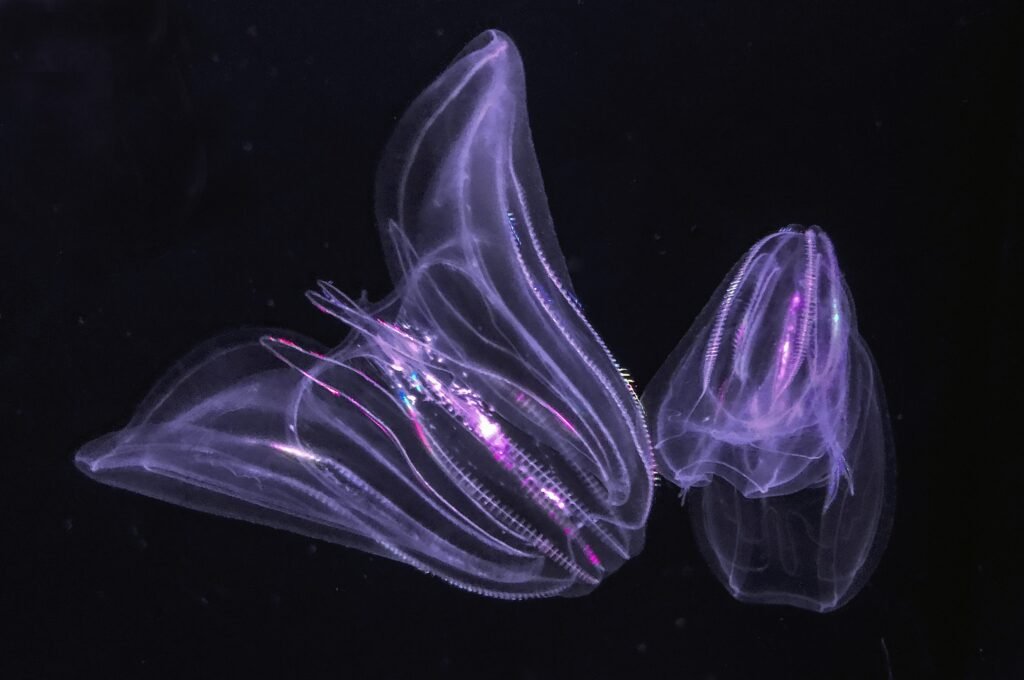61-million-year-old continent found buried beneath Greenland’s ice
Scientists have found a 61-million-year-old continent buried beneath Greenland’s ice in the southern part of the Arctic Ocean. This newly discovered continent is basically a proto-microcontinent.
The proto-microcontinent is a small piece of land in the early stages of becoming a separate continent. It is like a baby continent; that is still evolving and breaking away from a larger landmass.
This continent developed beneath the icy, deep waters between Greenland and Canada in Davis Strait. It is an underwater 12-15 mile-long portion of the continental crust.

The newly found continent started to come together when Greenland and Canada split approximately 61 million years ago. This was due to significant tectonic plate movements that happened around 33-61 million years ago in the past.
According to a study, the long-term rifting and seafloor spreading formed a newly found 61-million-year-old continent. It resulted in the formation of the Labrador Sea and Baffin Bay.
The continent formed over millions of years and its formation process gave rise to continent rock that began developing in Davis Strait. Plate motions shifted from northwest-southwest to east-west at the same time there.
The study’s researcher Jordan Phethean revealed the distinct changes in plate motion happening in the Labrador Sea and Baffin Bay. These changes are due to 61 million old continents.
According to Jordan, this region is a perfect natural laboratory for researching the origins of microcontinents as they have relatively limited external complications affecting them.

Jordan stated the breaking down of tectonic plates is necessary for the continuous process of this continent’s formation. Each earthquake may contribute to the next microcontinental separation.
Scientists found this continent using seismic reflection data, plate tectonic modeling, and crustal thickness obtained from gravity maps.
This discovery may be significant since it defines the Earth’s geological terrain. The Gondwana Research has published this study.
Read More:
- Sea creature turns into a baby when it is stressed out showing time travel
- Realme Narzo 70 Turbo 5G launch date, features, specifications & price
- European Space Agency printed 3D metal part in space for first time
- Earth’s mysterious Alaska triangle where over 20,000 people disappeared
- Philips Hue launched a new smart lighting solution for kitchen
- NASA to launch life-searching spacecraft to Jupiter’s moon Europa
Share this content:










Post Comment